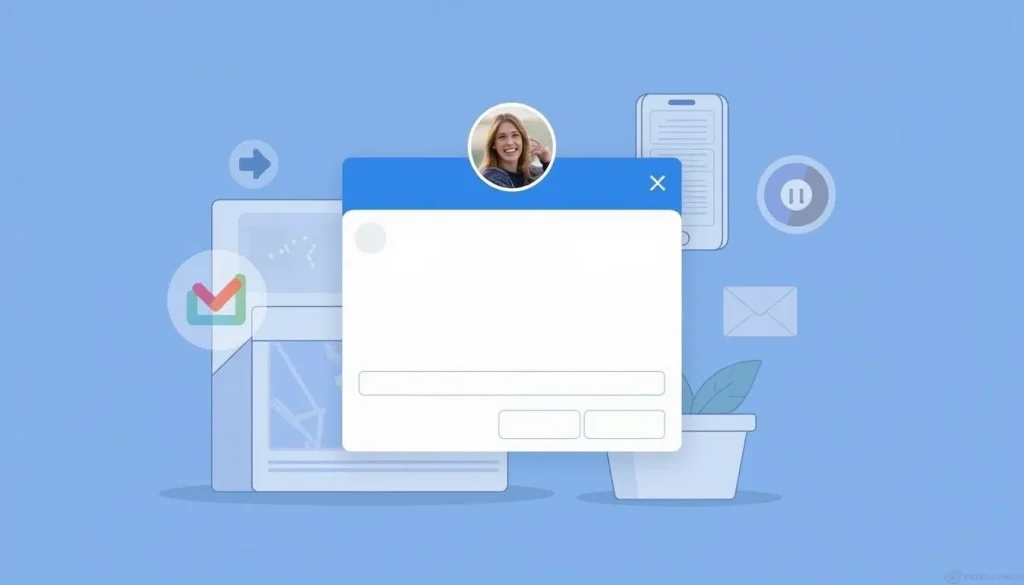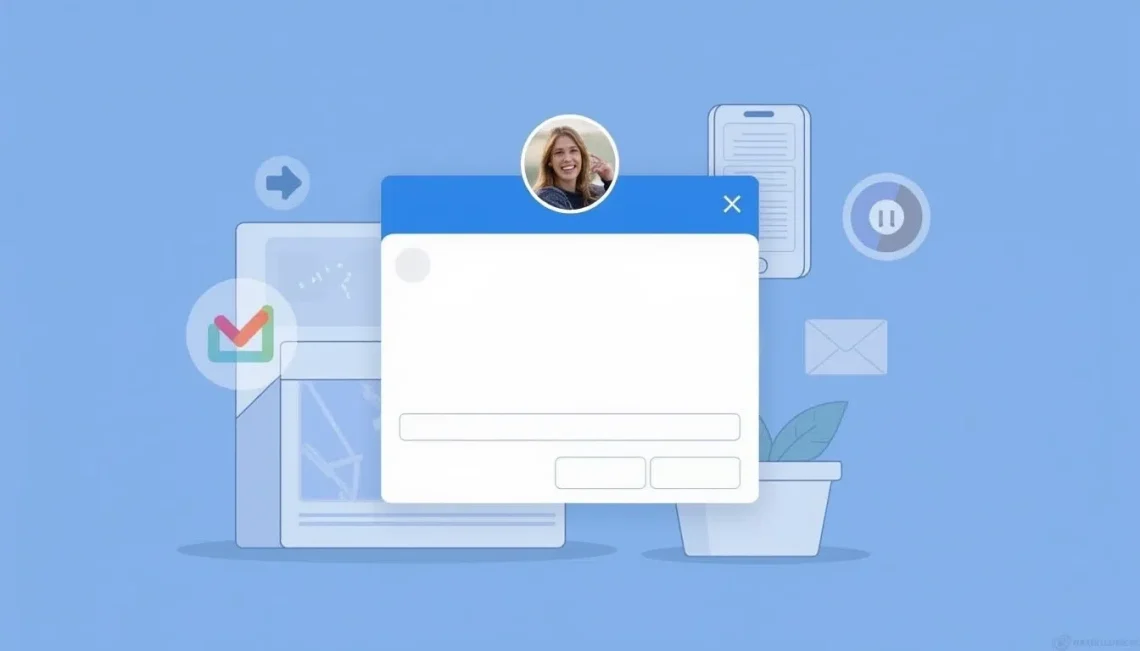The Importance of Strong Passwords
The foundation of any secure email account lies in creating strong passwords. A strong password acts as the first line of defense against unauthorized access, making it crucial to choose one that is robust and difficult to guess or crack by automated tools. It should be a combination of upper- and lowercase letters, numbers, and special characters, ensuring complexity and unpredictability.
Password strength can significantly reduce the risk of brute-force attacks, where cybercriminals attempt to guess your password through repeated trials. By incorporating a mix of character types, you exponentially increase the number of possible combinations that an attacker would need to try, making it less likely they will succeed within any reasonable timeframe. Additionally, using uncommon words or phrases rather than easily guessable ones like “password123” further enhances security.
Moreover, never reuse passwords across multiple accounts. Each email account should have a unique password, as this mitigates the risk of a single compromised password leading to widespread access issues. If one account’s credentials are leaked due to a data breach, attackers will often attempt to use those same credentials on other platforms in what is known as credential stuffing attacks.

Enabling Two-Factor Authentication (2FA)
Two-factor authentication (2FA) adds an extra layer of security by requiring users to provide two forms of identification before accessing their email account. This typically involves something you know, like a password, and something you have, such as a code sent to your phone or generated by an authenticator app. By implementing 2FA, even if a hacker manages to obtain your password through phishing scams or brute-force attacks, they would still need access to the second factor to gain entry.
The first step in enabling 2FA is choosing a secure method for receiving verification codes. Many email providers offer options such as SMS messages, authenticator apps like Google Authenticator or Authy, and security keys. While SMS-based 2FA can be convenient, it is less secure than other methods because text messages are susceptible to interception via SIM card swapping or social engineering attacks. Therefore, using an app or a hardware security key is generally recommended for added protection.
Once set up, users should also consider enabling recovery options through backup codes or trusted devices. This ensures that if you lose access to your primary means of receiving 2FA codes—such as misplacing your phone—you can still regain entry into your account without undue delay. Regularly reviewing and updating these recovery methods is essential to maintain continuous protection against potential security threats.
Utilizing Encrypted Email Services
Encrypting email communications provides an additional layer of privacy by scrambling messages so that only the intended recipient can read them, even if intercepted during transmission. This makes it especially useful for sensitive or confidential information exchanged via email, such as financial details, personal health data, or business trade secrets.
One popular method for encrypting emails is through Public Key Infrastructure (PKI), where each user has a pair of cryptographic keys—a public key shared with others and a private key known only to the recipient. When sending an encrypted message, the sender uses the recipient’s public key to lock the content; upon receipt, the receiver decrypts it using their own private key. This ensures that even if someone intercepts the email en route, they cannot decipher its contents without access to the correct private key.
Another approach is end-to-end encryption (E2EE) services like ProtonMail or Tutanota, which automatically encrypt all emails sent between users within their respective platforms. These services not only protect against eavesdropping but also safeguard email metadata from prying eyes, providing comprehensive privacy measures for both content and context.
It’s important to note that while encryption is highly effective in securing individual messages, it doesn’t eliminate the risks associated with phishing or malware attacks targeting user devices directly. Therefore, combining encrypted email services with other security practices—such as regularly updating software, avoiding suspicious links or attachments, and using a reputable antivirus solution—is crucial for maintaining overall account safety.
Regularly Monitoring Account Activity
Regular monitoring of your email account activity is vital to promptly identify any unauthorized access attempts. This includes keeping track of login locations, timestamps, and devices used to access your emails. Many email providers offer detailed logs that can help you spot unusual patterns or suspicious activities such as multiple failed login attempts from unfamiliar IP addresses.
Setting up notifications for specific events—like logins from new locations or changes in security settings—can also enhance early detection of potential breaches. By receiving alerts when significant actions occur, users can take immediate steps to secure their accounts if necessary. For example, you might set up automatic emails informing you whenever someone signs into your account from a different device or location.
Additionally, regularly reviewing the list of trusted devices and removing any that no longer belong to you is another proactive step towards maintaining security. This prevents unauthorized individuals from using old or stolen devices to access your email by simply logging in with existing credentials. Furthermore, periodically checking for unusual messages, such as spam or phishing attempts within your inbox, can help identify potential threats before they escalate into more serious issues.
Educating Yourself About Phishing Attacks
Phishing attacks remain one of the most common methods used to gain unauthorized access to email accounts. These deceptive schemes often involve fraudulent emails designed to trick recipients into clicking malicious links or downloading infected attachments, thereby exposing sensitive information and compromising security.
To protect against phishing attempts, users should develop a keen awareness of typical red flags associated with such attacks. Common indicators include unexpected requests for personal information, urgent calls-to-action urging immediate action (e.g., resetting passwords), poor grammar or spelling mistakes, suspicious sender addresses that closely mimic legitimate ones but contain slight variations, and unsolicited emails containing attachments from unknown sources.
Another effective strategy is to employ email filters and spam detectors provided by your service provider. These tools automatically screen incoming messages for potential threats based on predefined criteria, significantly reducing the likelihood of encountering malicious content in your inbox. Moreover, training yourself to scrutinize every link before clicking ensures that you do not inadvertently lead attackers straight to valuable data stored within your account.
Lastly, staying informed about emerging phishing techniques and evolving threat landscapes is key to remaining vigilant against new forms of deception. Regularly updating knowledge on cybersecurity trends through reliable sources helps equip users with the necessary skills to recognize and avoid falling victim to increasingly sophisticated attacks targeting email accounts specifically designed for financial gain or espionage purposes.



